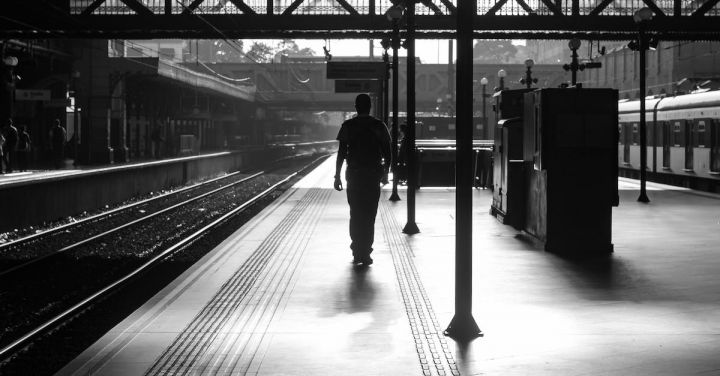Railway bridges are not just structures that span across rivers, valleys, or canyons. They are powerful symbols of connectivity and unity. These engineering marvels have played a significant role in shaping the world we live in today. From ancient times to the present day, railway bridges have connected lands and united people in ways that were once unimaginable.
Throughout history, railway bridges have been instrumental in the expansion of trade, commerce, and cultural exchange. They have facilitated the movement of goods and people, creating opportunities for economic growth and development. Railway bridges have connected remote areas to urban centers, opening up new markets and fostering regional integration. They have also enabled the transportation of raw materials and resources, fueling industrialization and progress.
But railway bridges are more than just facilitators of economic activity. They have the power to bring people together, breaking down barriers and fostering understanding between different communities and cultures. These bridges have served as meeting points, where people from different backgrounds and walks of life come together, interact, and exchange ideas. They have become symbols of unity and cooperation, reminding us of our shared humanity.
Railway bridges are not just structures of steel and concrete; they are also a testament to human ingenuity and innovation. Engineers and architects have pushed the boundaries of what is possible, designing bridges that defy gravity and stand the test of time. From the iconic Golden Gate Bridge in San Francisco to the breathtaking Forth Bridge in Scotland, these structures are marvels of engineering that inspire awe and admiration.
But railway bridges are not without their challenges. Building a railway bridge is a complex undertaking that requires meticulous planning, precise calculations, and careful execution. Engineers must take into account factors such as the terrain, the geology of the area, and the expected traffic load. They must also consider the environmental impact of the bridge and ensure its sustainability.
Maintenance and upkeep of railway bridges are also essential to ensure their longevity and safety. Regular inspections and repairs are necessary to identify and address any structural issues before they become major problems. The continuous monitoring of the bridge’s condition is crucial to prevent accidents and ensure the smooth operation of the railway network.
In recent years, railway bridges have witnessed a resurgence in popularity, as governments and private investors recognize their importance in connecting communities and driving economic growth. New technologies and materials have allowed for the construction of longer, stronger, and more sustainable bridges. From China’s Danyang-Kunshan Grand Bridge, the longest railway bridge in the world, to India’s Chenab Bridge, the highest railway bridge, these modern marvels are pushing the boundaries of what is possible in bridge engineering.
Railway bridges have come a long way since their humble beginnings. From simple wooden structures to sophisticated steel and concrete marvels, they have evolved to meet the ever-increasing demands of transportation and connectivity. As we look to the future, railway bridges will continue to play a vital role in shaping our world. They will connect lands, unite people, and pave the way for a more connected and prosperous future.
